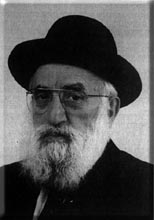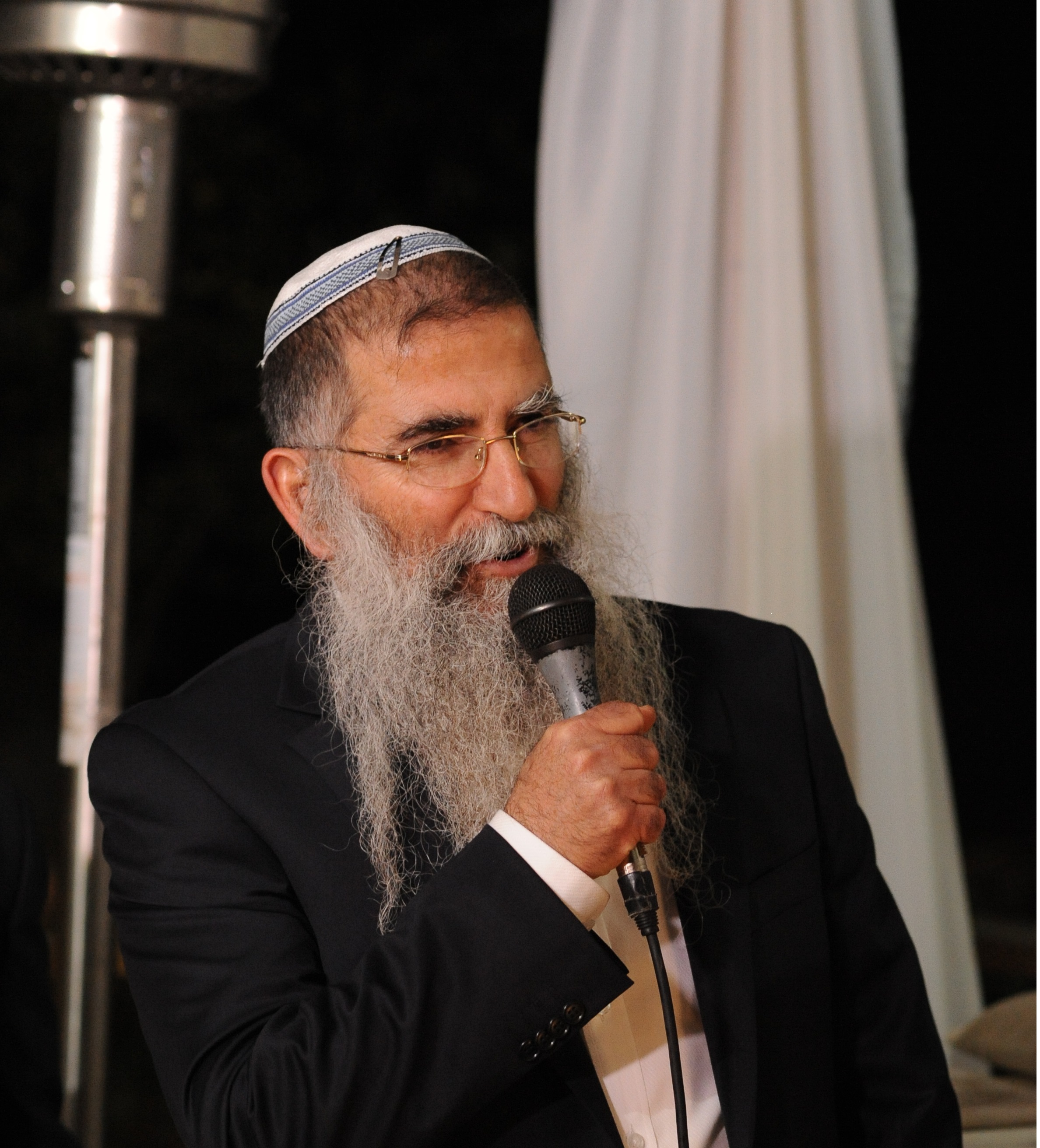Beit Midrash
- Sections
- Chemdat Yamim
- Parashat Hashavua
- Torah Portion and Tanach
- Shmot
- Pkudei
Vayakhel discusses the construction of the Mishkan’s vessels, and there, indeed, the Torah does not say that it was as Hashem commanded Moshe, although every indication is that this is how it was done. The phrase is found in Pekudei in two contexts: the making of the kohanim’s clothes and the placement of the vessels at their locations in the Mishkan.
Several commentators present distinctions between the subjects. The Netziv says that there were apparently some differences between the Torah’s description of the making of the garments and the way they were actually made, and thus the Torah had to stress that this was due to Hashem’s oral instructions to Moshe. However, it is hard to find indication of changes, and why would it occur regarding all of the clothes and the erecting and not at all for the vessels?
Rav Hirsch has a more convincing answer. He says that everything received the phrase as it was completed. However, the kohanim’s garments were considered complete when they were made, whereas the vessels of the Mishkan were not considered complete until they were placed in the Mishkan. However, the question still begs why the garments had more significance before the kohanim started wearing them than the vessels before their use.
The Oznaim Latorah says that the garments specifically needed to have the aforementioned phrase because in Parashat Tetzaveh, where the instructions to make the kohanim’s garments appear, Moshe’s name was omitted, so we had to be told that Moshe was involved. His answer regarding why it is mentioned regarding erecting the Mishkan is harder to understand.
Perhaps we can add one more possibility to this discussion. There is a difference between making the vessels, which were used throughout the hundreds of years of the Mishkan and, later, the Mikdash, and the kohanim’s clothes, which were just the prototypes for the thousands of pairs of garments that different kohanim wore over time. Similarly, the erection of the Mishkan and the placement of the vessels in the proper location were repeated every day of the inauguration and every time the Mishkan was built.
Thus, we can suggest the following. It is easier to concentrate and do things right when you know that something is going to be done once in history. We got things right, for example, at the Exodus from Egypt and at the receiving of the Torah at Sinai. The problem is more acute regarding ongoing processes. Thus, the Torah praised those who were involved the first time the garments and the placement were done. This, so to speak, set the bar high at the beginning, making it a challenge for further workers and indeed further generations to do things, both in terms of details and intentions, in the proper way.

The Brave of Strength Who Do His Will
Rabbi Yossef Carmel | 5768

Parashat Hashavua: From Paroh to Hamas and Iran – In Those Days at this Time
Rabbi Yossef Carmel | Kislev 5786

Parashat Hashavua: The Symbolism of Mashiv Haruach U’morid Hageshem
Rabbi Yossef Carmel | Tishrei 5786

Fighting for Bread
Rabbi Daniel Mann | Tishrei 23 5776

Various Rabbis
Various Rabbis including those of of Yeshivat Bet El, such as Rabbi Chaim Katz, Rabbi Binyamin Bamberger and Rabbi Yitzchak Greenblat and others.

Moreshet Shaul: A Crown and its Scepter – part II
Based on Siach Shaul, Pirkei Machshava V’Hadracha p. 294-5
Av 5785

Buying Looted Seforim from the Slovakians
Iyar 21 5775

Support for Sons Not Living With Their Father
5770























